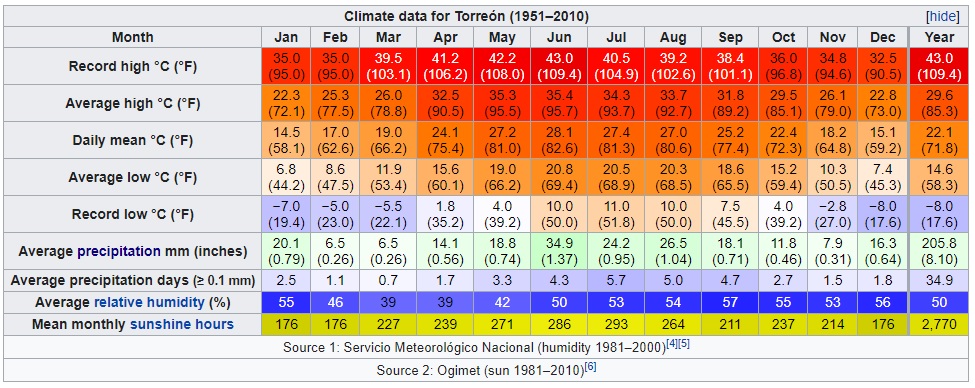Located in the state of Coahuila, in the north of Mexico, Torreón is a city with around 100 years of history. It is a young, contemporary, and booming city with a modern infrastructure. There is commercial and industrial activity and a good system of public facilities, however, Torreón still maintains the relaxed pace of a small, peaceful city, It has an excellent infrastructure for business travelers, as well as museums and buildings whose distinctive and varied architectural styles reflect the diverse ethnic heritage that inspired them.

The municipalities of the Laguna Region are surrounded by the Coahuila Desert, and adventure enthusiasts can enjoy many natural attractions like the Jimulco Sierra, the Bilbao Dunes, the Acatita Dunes and the enigmatic Zone of Silence, among other locations that are no less astonishing.
Because of its geographic location, this area excels in agriculture, has a rapidly growing industry, and an impressive trade growth. Presently, the dairy sector is the pillar of the regional economy and has made Laguna the most important dairy region in Mexico. The city has a thriving multi-ethnic community of French, Arab, Spanish, German, Chinese, Lebanese and American heritage, reflecting the different periods of settlement in its early days. Torreón is a modern and beautiful city with many parks, wide streets and avenues, and wide sidewalks for pedestrian traffic. Torreón has a modern communications network that supports satellite, cable, high-speed internet and several cellular air networks.
The Matamoros-Mazatlan and Mexico City-Juarez highways pass through here, as well as the four lane Torreón-Saltillo highway. Torreón is also linked to the national rail network, and is home to the Francisco Sarabia International Airport, which has frequent flights to Mexico’s major cities, Central America, and the United States. The weather in Torreón is characterized by long and hot summers, and short cool/ cold winters. Torreón has a semidesert/ desert climate, where temperatures are usually hot to very hot by day, and cool by night. Rainfall is scarce but more promient in the summer.
The municipalities of the Laguna Region are surrounded by the Coahuila Desert, and adventure enthusiasts can enjoy many natural attractions like the Jimulco Sierra, the Bilbao Dunes, the Acatita Dunes and the enigmatic Zone of Silence, among other locations that are no less astonishing.
Because of its geographic location, this area excels in agriculture, has a rapidly growing industry, and an impressive trade growth. Presently, the dairy sector is the pillar of the regional economy and has made Laguna the most important dairy region in Mexico. The city has a thriving multi-ethnic community of French, Arab, Spanish, German, Chinese, Lebanese and American heritage, reflecting the different periods of settlement in its early days. Torreón is a modern and beautiful city with many parks, wide streets and avenues, and wide sidewalks for pedestrian traffic.
Torreón has a modern communications network that supports satellite, cable, high-speed internet and several cellular air networks.
The Matamoros-Mazatlan and Mexico City-Juarez highways pass through here, as well as the four lane Torreón-Saltillo highway. Torreón is also linked to the national rail network, and is home to the Francisco Sarabia International Airport, which has frequent flights to Mexico’s major cities, Central America, and the United States.
The weather in Torreón is characterized by long and hot summers, and short cool/ cold winters. Torreón has a semidesert/ desert climate, where temperatures are usually hot to very hot by day, and cool by night. Rainfall is scarce but more promient in the summer.
“Torreón is a city of contrasts… In the middle of the semi-desert you will find a great industrial development coexisting harmoniously with a colonial past preserved with the sole purpose of making you part of its history. As you walk along the old irrigation canal that takes water from the Nazas River to the lands of Hacienda la Perla, you will see in its walls the photographs that will tell you the history of the city. When you stand at the feet of the impressive Christ Noas, who awaits you with open arms, you will remember the feeling of being tiny as you turn to get a panoramic view of the Comarca Lagunera.”

